- Author Matthew Elmers [email protected].
- Public 2023-12-16 21:49.
- Last modified 2025-01-24 09:17.
In one of the series, we briefly consider the hussar regiments of the Russian army in the First World War. But we find it very interesting to see similar parts of one of its main opponents - the German imperial army.
As we know, out of 110 German cavalry regiments in 1914, 21 were hussars (.). Not all subjects of the German Empire had hussar regiments - and the latter were exhibited only by Prussia, Braunschweig and Saxony.
Today we will take a look at the hussar regiments, which had in their emblem a dead (Adam's) head and bones - and there were three such regiments, called the "Hussars of Death": the 1st and 2nd Leib-Hussars (Leib-Hussar Brigade) and 17 th hussar. The first two were Prussian and the third was Brunswick.
Let us immediately note the features of the hussar uniform - with an emphasis on the three shelves of interest to us. The hussar was distinguished by: a hat with a colored cap, a Hungarian (attila) of various colors with cords, dark blue leggings (except for the Saxon hussars), some regiments had mentics (including the 1st and 2nd Life Hussars), on hats Life Hussar Regiments No. 1 and 2 and Brunswick No. 17 - a head of death. Distinctive colors of the regiments: cloth caps - crimson for Life Hussars No. 1, white for Life Hussars No. 2, crimson for Braunschweig Hussars No. 17; the color of the Hungarian cloth is black for all three regiments; the color of the Hungarian cords is white for both regiments of the Life Hussars and yellow for the Braunschweig hussars No. 17.
It had features and wartime uniforms.
So, the caps of the three regiments of interest to us had: a band - black in the 2nd Life Hussar Regiment and crimson for the other two; edging along the crown and lower along the rim - white for the Life Hussar regiments and yellow for the Brunswick regiment No. 17; the upper edging of the band is white and crimson (two edging) for the life-hussar No. 1, white for the life-hussar No. 2 and yellow and crimson for the Braunschweig hussars No. 17. The all-German cockade was attached to the crown, and the land cockades were attached to the band under the common German (colors: Prussia - black - white - black; Braunschweig - blue - yellow - blue). The uniform (attila) remained the same, but acquired the color of a fieldgrau (cords and gombas became gray (for officers - with the addition of black thread), but shoulder cords - according to the color of dolman and instrument colors; regimental numbers or ciphers on the cords - galloon, but shoulder peacetime belts, scarves and tashki were not worn), as well as field leggings.
We would like to note such an interesting fact that if the Russian regular cavalry actually had a single version of the marching uniform (differing in details), including the hussars, then the German hussars retained their characteristic uniform even in the field version - even if the attila became a protective color, and a cover was put on a hussar's hat.
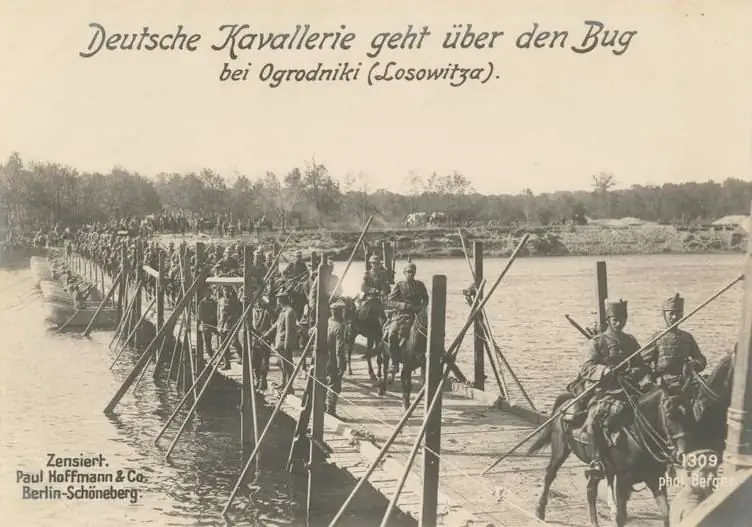
1st Life-hussar regiment (hussar number 1) in 1914 he was a member of the Life Hussar Brigade of the 36th Division of the 17th Army Corps (Danzig). And this was not accidental - after all, the 17th Army Corps (by the way, one of the future victims of the Gumbinnen battle) was considered one of the best (if not the best) in the Kaiser's army, and its commander was the General of Cavalry, Adjutant General A. von Mackensen, the old "hussar of death" (in 1869 he began serving in the 2nd Life Hussar Regiment, and in 1893-1898 he was the commander of the 1st Life Hussar Regiment).
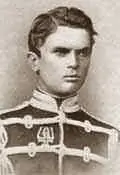
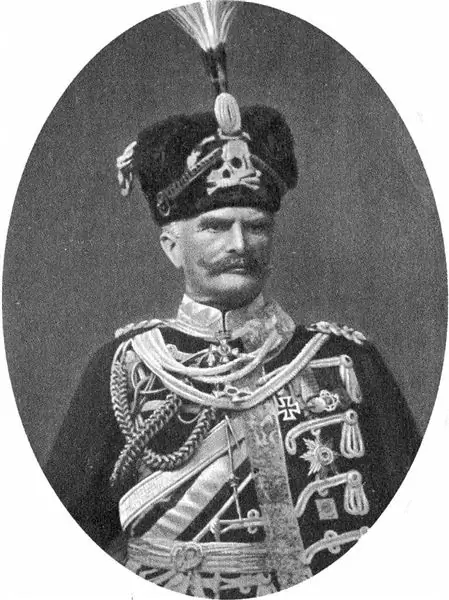
The seniority of the regiment was August 9, 1741, when the 5th hussar regiment ("Black Hussars") was established. The regiment went through a series of reorganizations and renaming, and in 1808."Gave life" to the 2nd Life-Hussar Regiment - the latter appears after the division of the 1st Regiment (moreover, the commander of the 1st Life-Hussar, General Pritwitz, was temporarily the commander of both (!) Regiments).
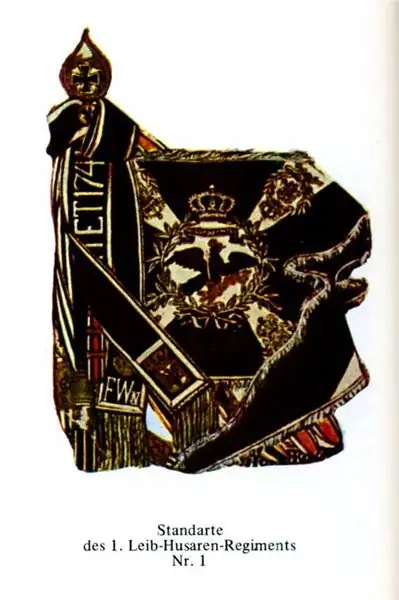
On May 7, 1861, the regiment received the name "1st Life Hussar Regiment No. 1", and in 1894 Wilhelm II brought both Life Hussar regiments into the Leib Hussar Brigade - with a station in Danzig.
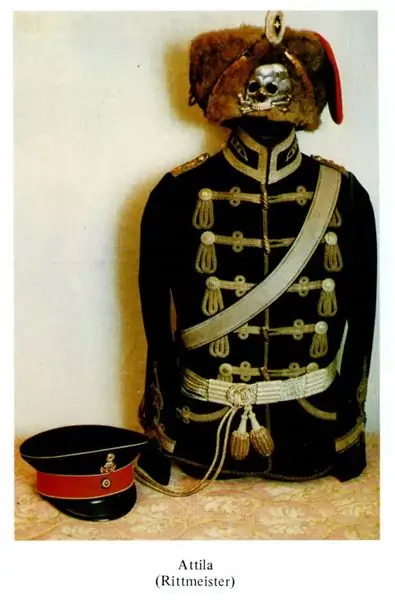
The regiment - a participant in the Second Silesian War, the Seven Years' War, the War of the Bavarian Succession, the Napoleonic Wars, actively acted, suppressing the Polish uprisings in 1830, 1848 and 1863-64, the Austro-Prussian (in particular, participated in the Battle of Königgrez) and Franco -prussian wars.
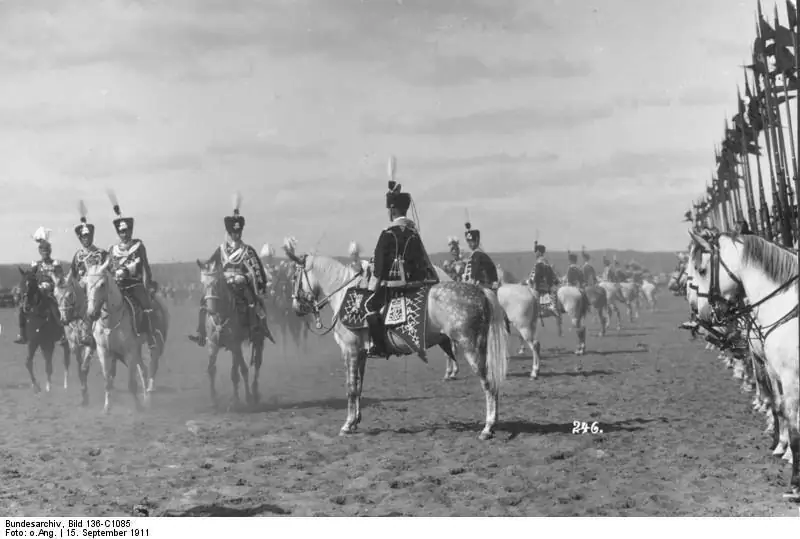
At the beginning of the First World War, the Life Hussar Brigade, which included the regiment, found itself on the Western Front - participating in the Battle of the Marne and in the Battle of Arras. But in the fall of 1914 she was transferred to the Russian front. The Life Hussar Brigade operated in Galicia and the Baltic States (as part of the Shmettov corps in the spring - summer of 1915). In particular, she crossed arms with the Ussuri Horse Brigade near Popelyan in early June 1915 - and failed. The journal of military operations of the Primorsky Dragoon Regiment noted the fact that there were fifty prisoners and hussars among the captured ones from the composition of both Life-Hussar regiments.
The brigade remained in the Baltic states - further participating in the Riga operation and the Albion operation. And then - participation in hostilities in Finland. After the conclusion of the Brest-Litovsk peace treaty, she served in the occupied territories, and in the spring of 1919, after returning to her homeland, she was demobilized.
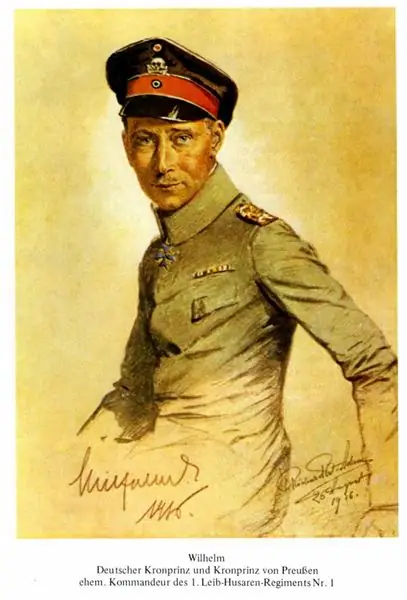
2nd Life Hussar Regiment of Queen Victoria of Prussia (hussar number 2) He was also a member of the Life Hussar Brigade and had the same seniority - August 9, 1741.
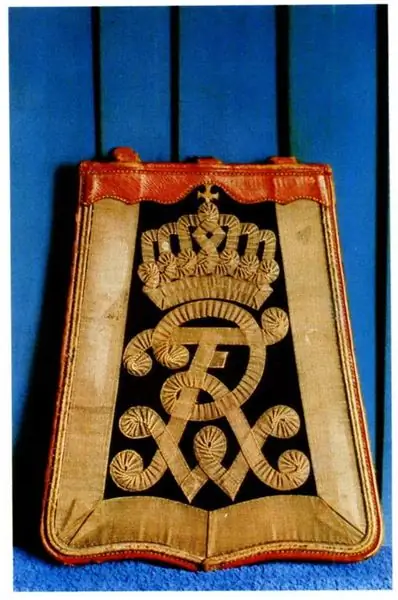
As we noted above, the regiment appeared after the division of the 1st Leib-Hussar in 1808.
On September 1, 1901, the regiment received its last name.
The regiment took part in hostilities in the campaigns of 1813-1814, the Austro-Prussian and Franco-Prussian wars, the suppression of Polish insurgencies.
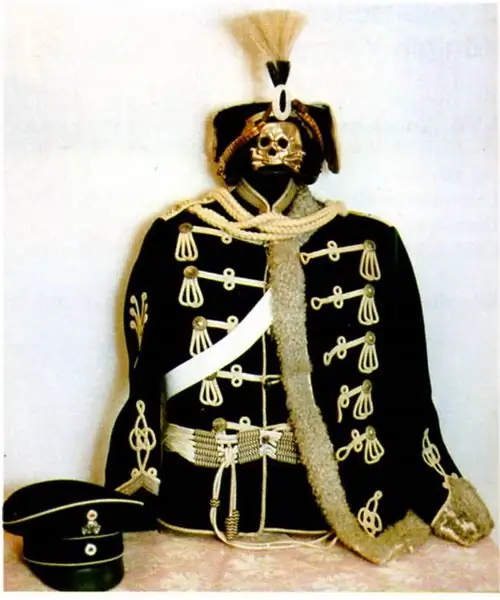
The combat path of the Life Hussar Brigade during the First World War, we have outlined above.
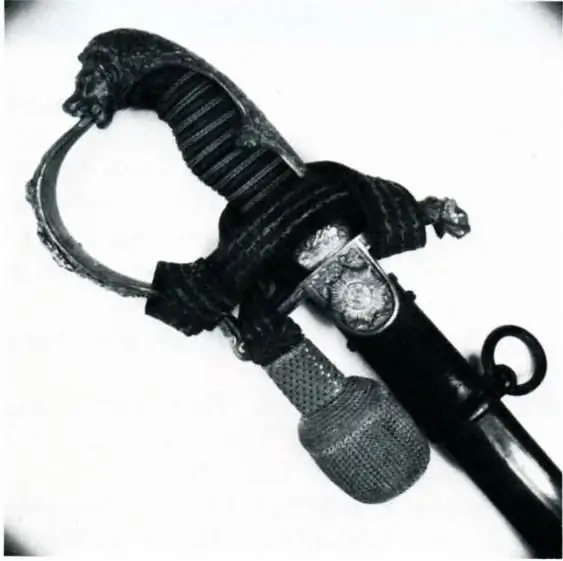
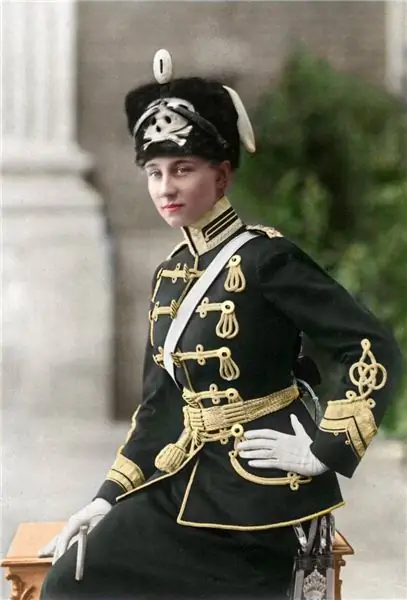
Braunschweig hussar regiment number 17 in 1914 he was a member of the 20th Cavalry Brigade of the 20th Cavalry Division of the 10th Army Corps. Yes, the very same Hanover-Braunschweig corps, which will be the "fire brigade" of the Kaiser's army and one of the elite front-line units of the First World War.
Seniority of the regiment - April 1, 1809

The regiment was a participant in the Napoleonic Wars (the campaign of 1809, in 1813-14 fought in Spain against the French - on the side of the British, and then for some time was in the British service), including the fight against Bonaparte during the "Hundred Days" period in 1815 (participant in the Battle of Waterloo), a campaign against Denmark in 1849, as well as the Austro-Prussian and Franco-Prussian wars.
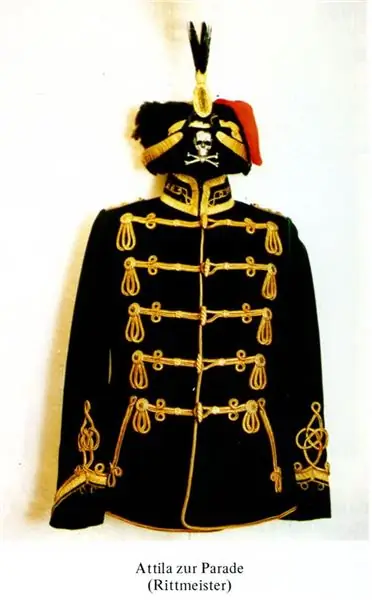
During the First World War, the regiment was divided into 2 divisions, which were assigned to the 20th and 19th Infantry Divisions as troop cavalry. The squadrons of the regiment performed the functions of troop cavalry until the spring of 1915 - when the squadrons were reunited - and the regiment was transferred to the Eastern Front in April. Together with the 10th Army Corps, the regiment operated in Poland and Galicia - until in September it was again transferred to the west, sowing in trenches. But in May 1916 he was again transferred to the Eastern Front - to help the Austrian front, which was bursting under the blows of the Russian armies. And it acts under Kovel - repelling the attacks of the Russians. This became the "swan song" of the regiment - which then actually ceased to be a single part. Squadrons as troop cavalry "absorbed" between the infantry units - to meet in Braunschweig at the end of November 1918. But the story of the Braunschweig hussars did not end there. They fell into the heat of the civil war - and on December 5, 1918, they participate in fierce clashes. On January 30, 1919, a squadron of volunteer hussars took part in suppressing the riots in Bremen, Emden and Wilhelmshaven. Later, the hussars of this squadron joined the 13th cavalry regiment of the army of the Weimar Republic.






